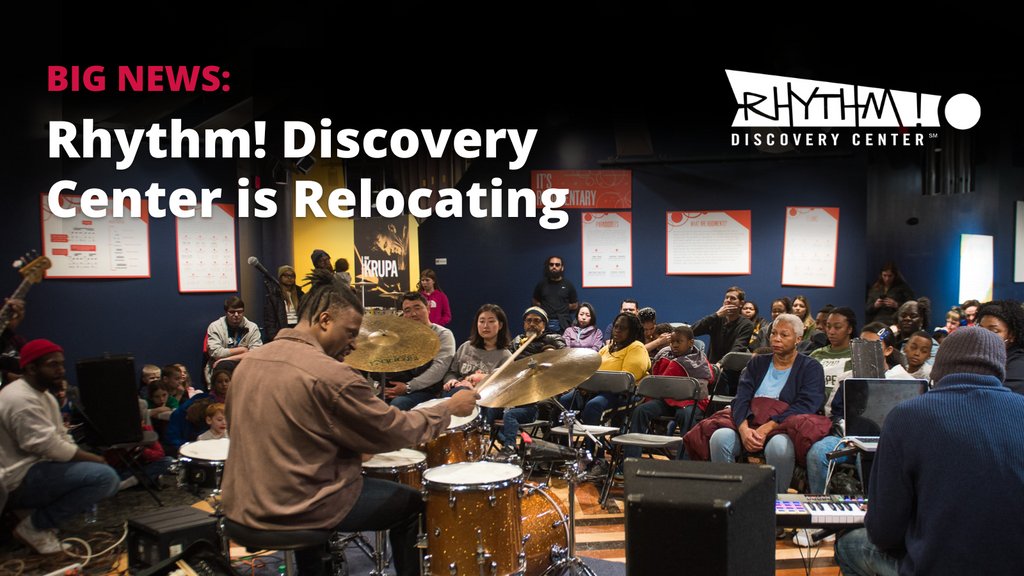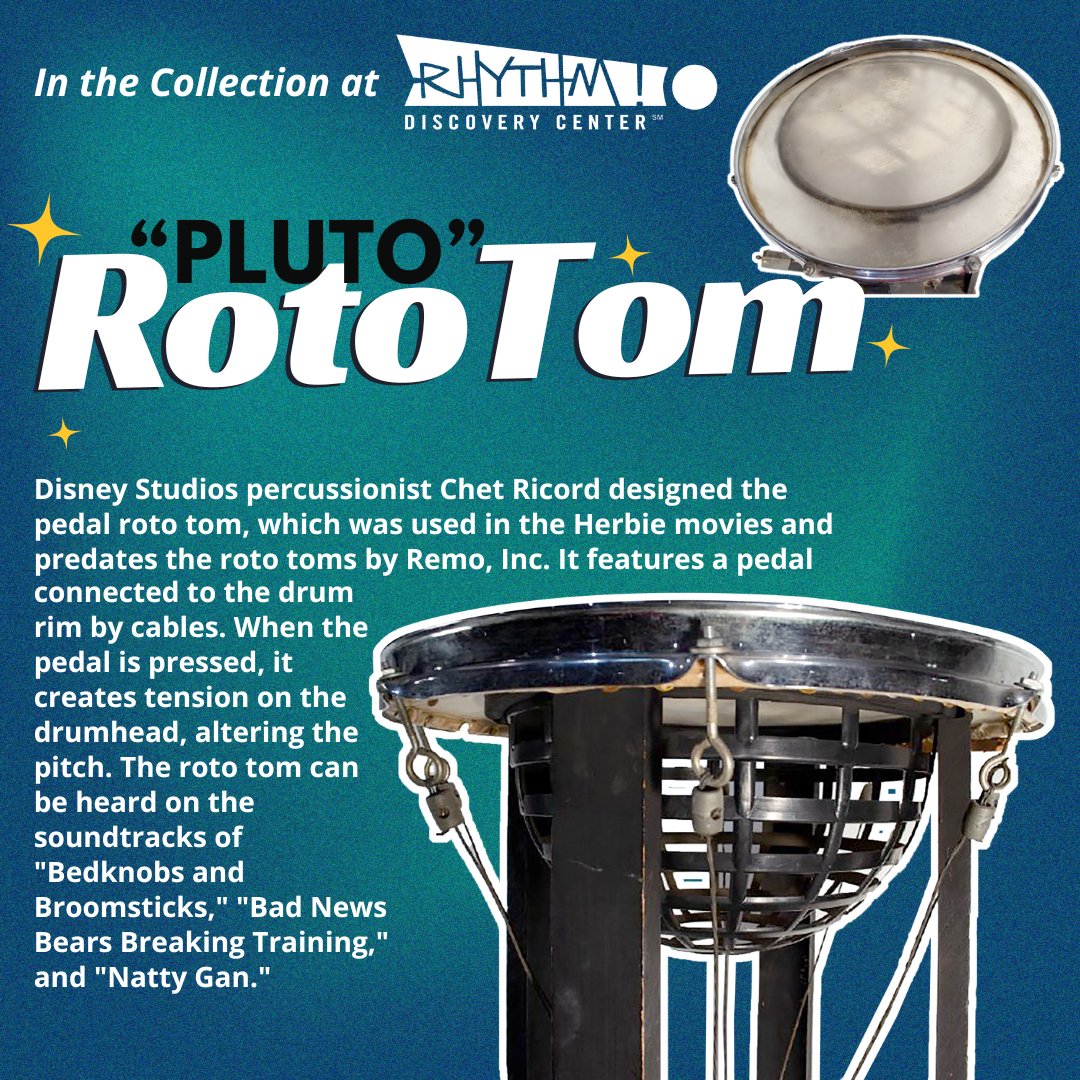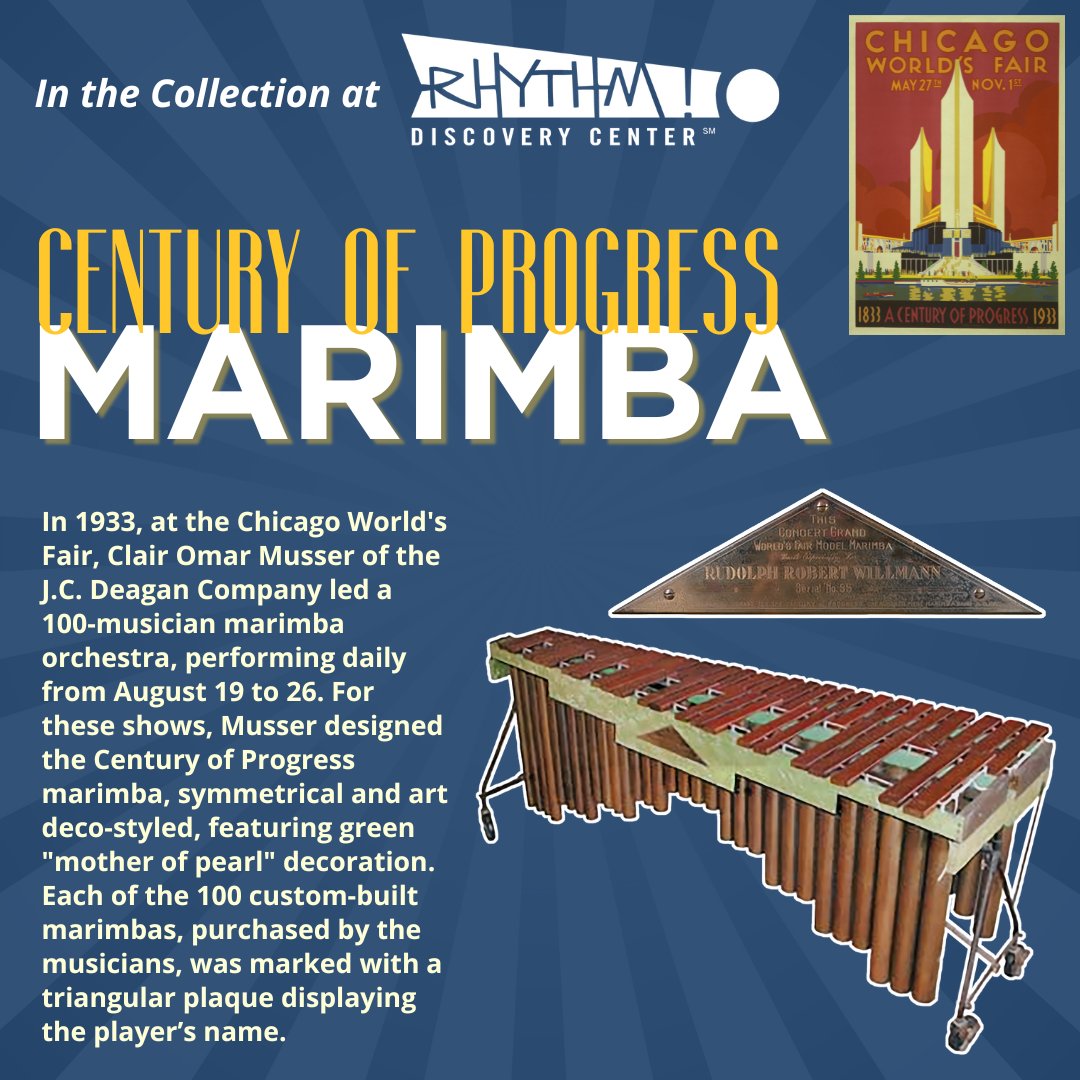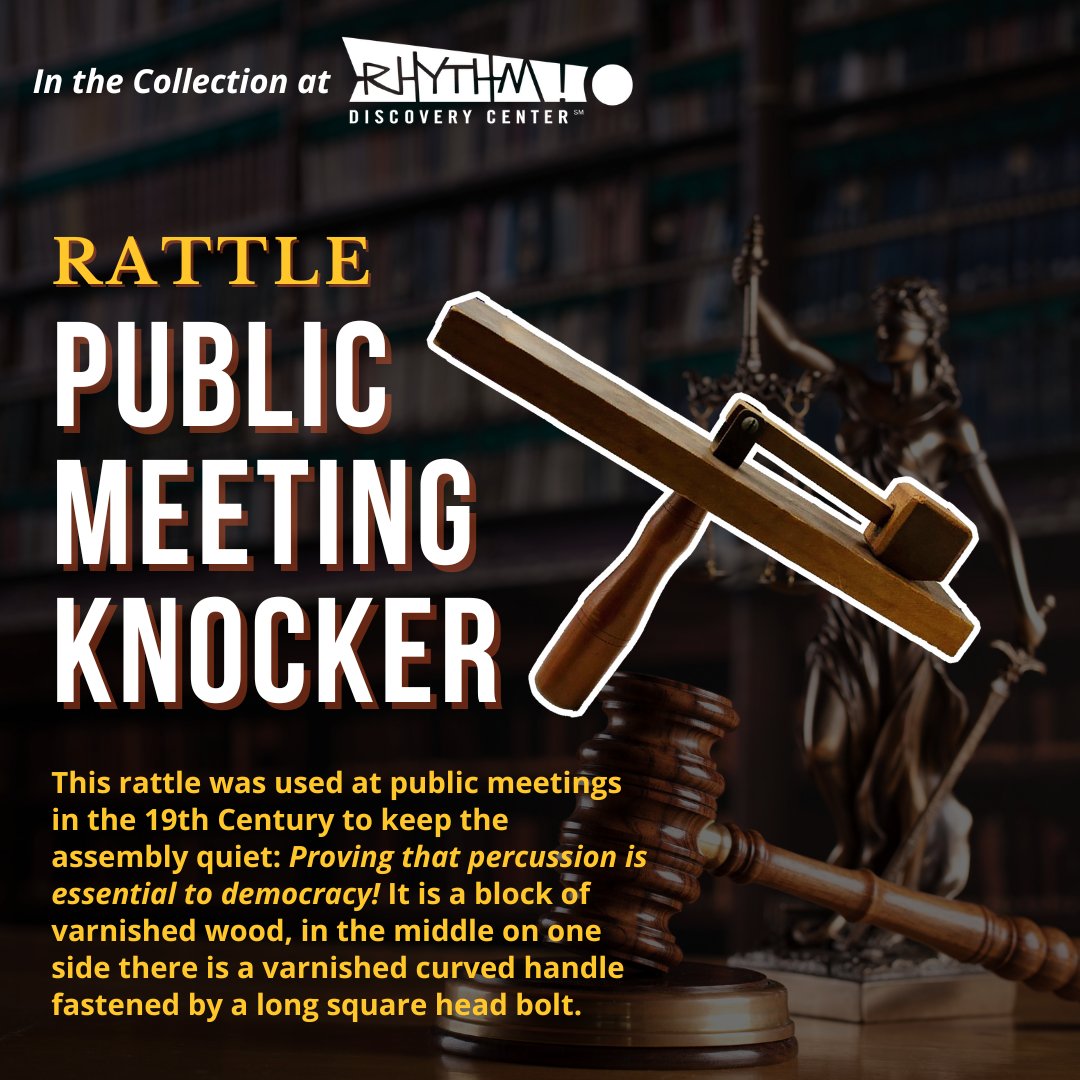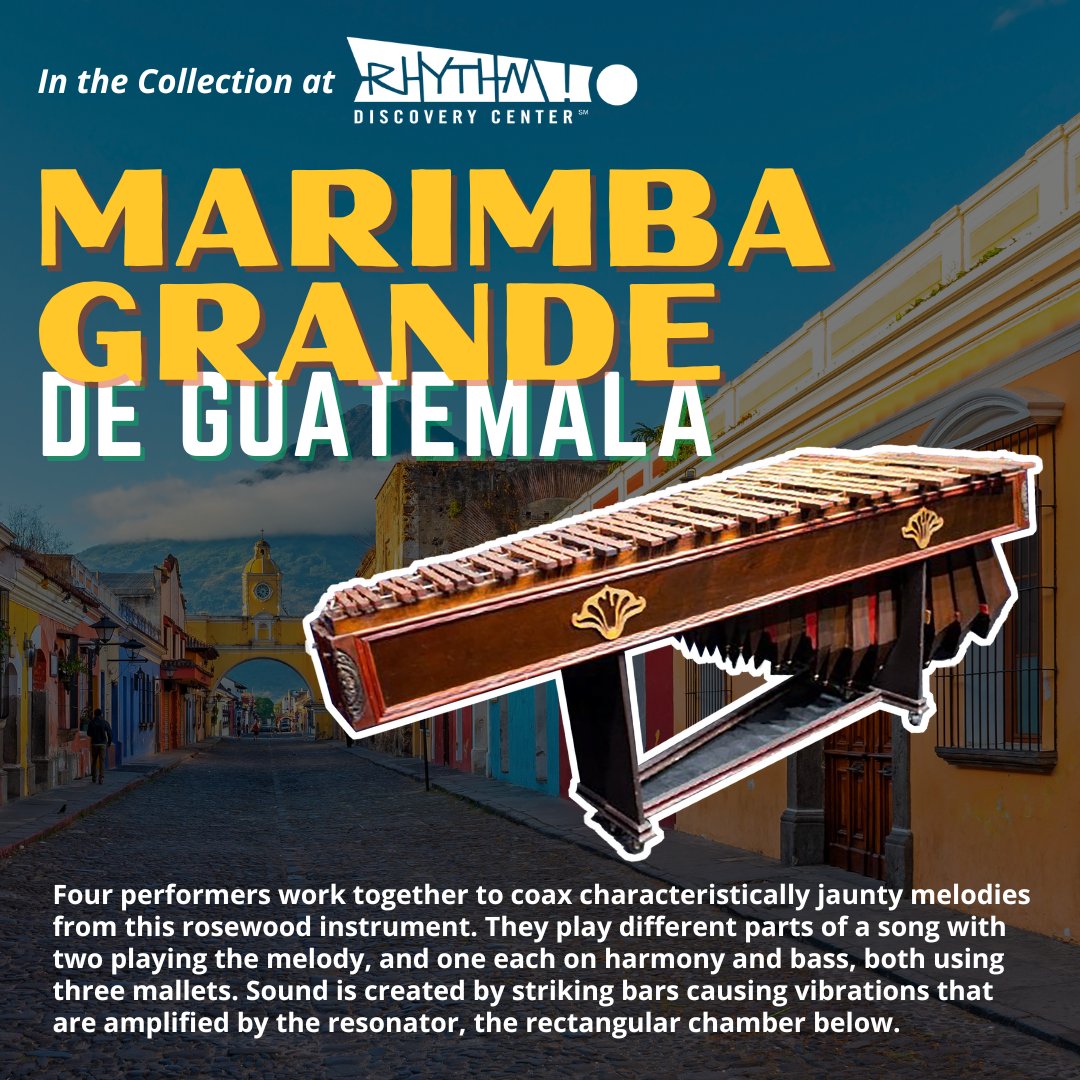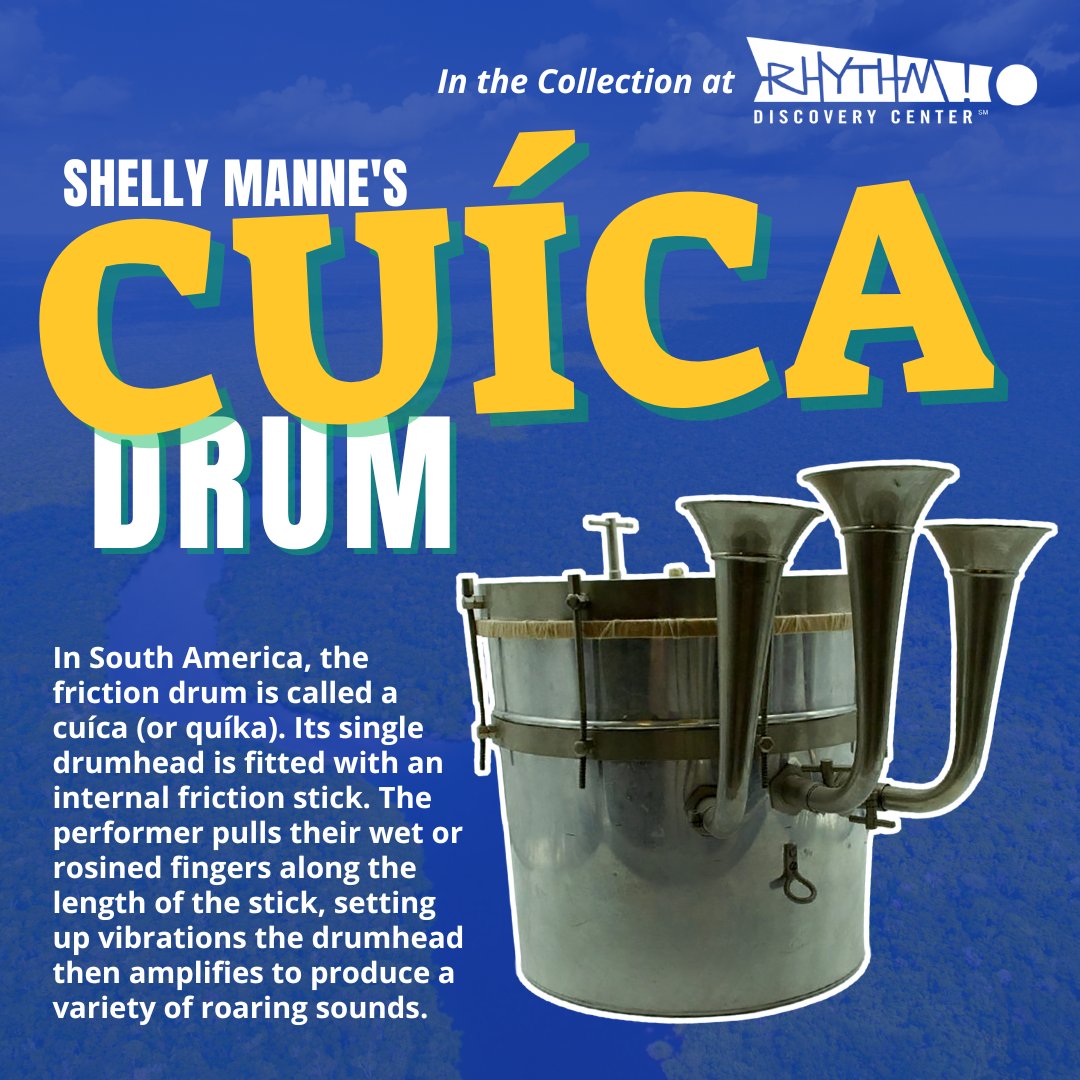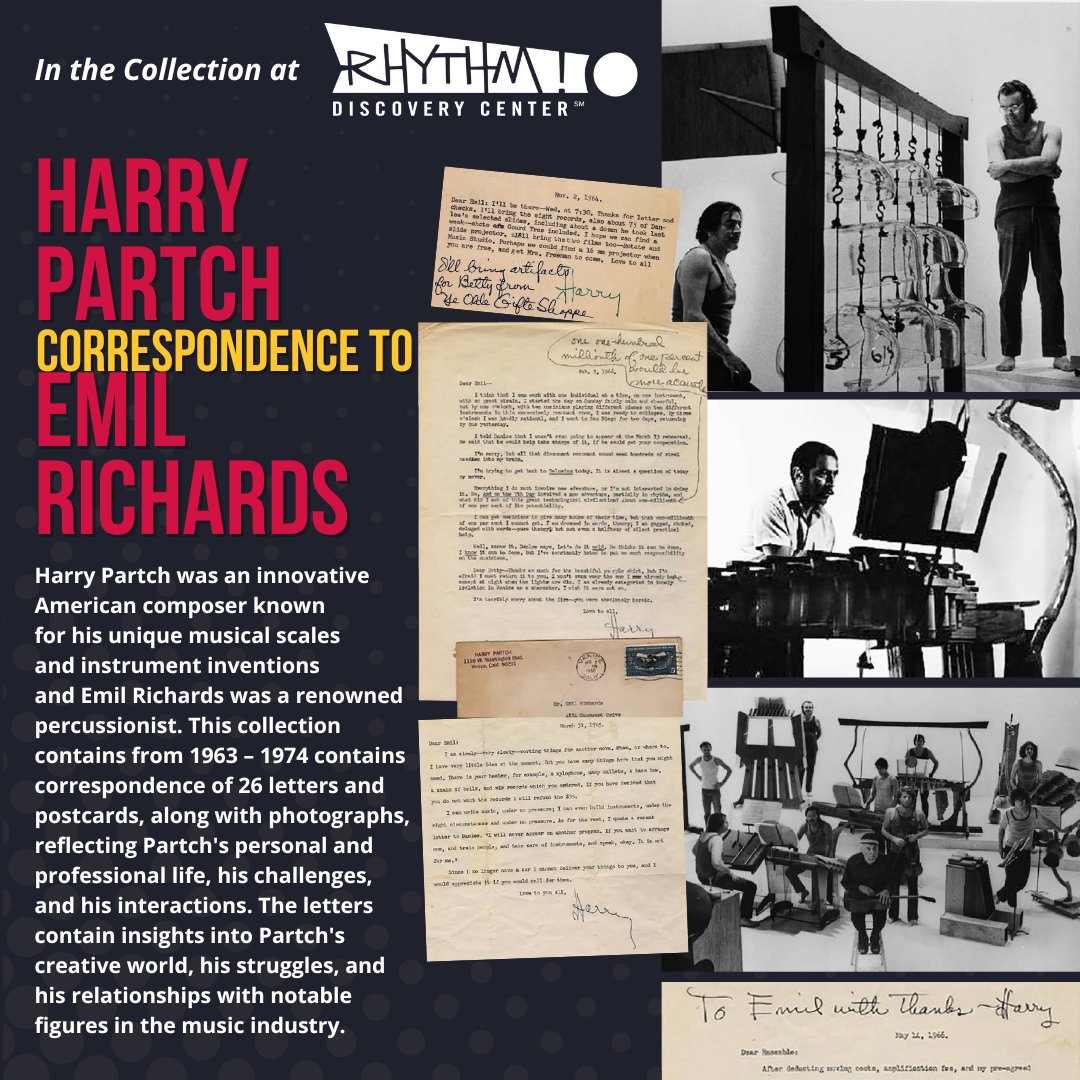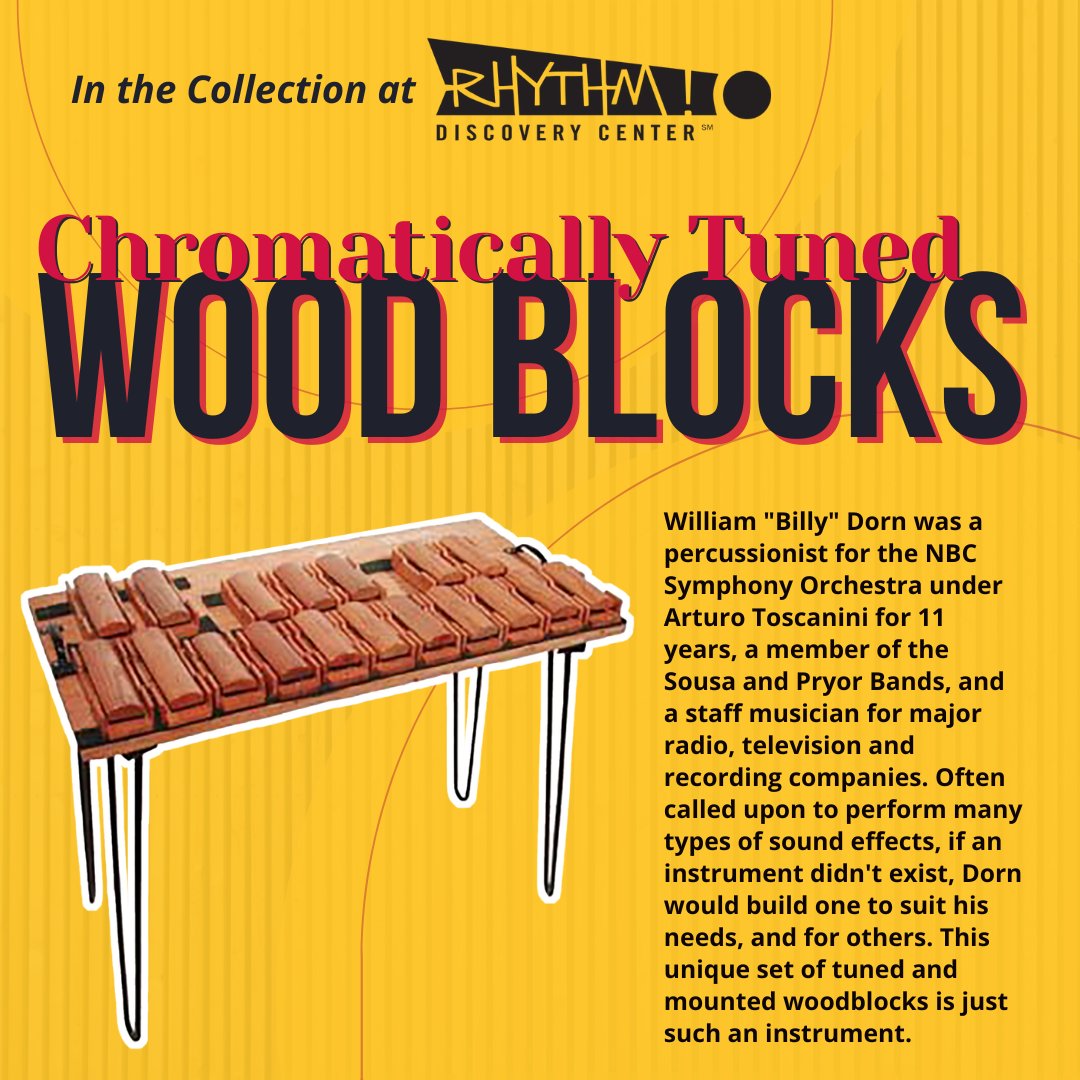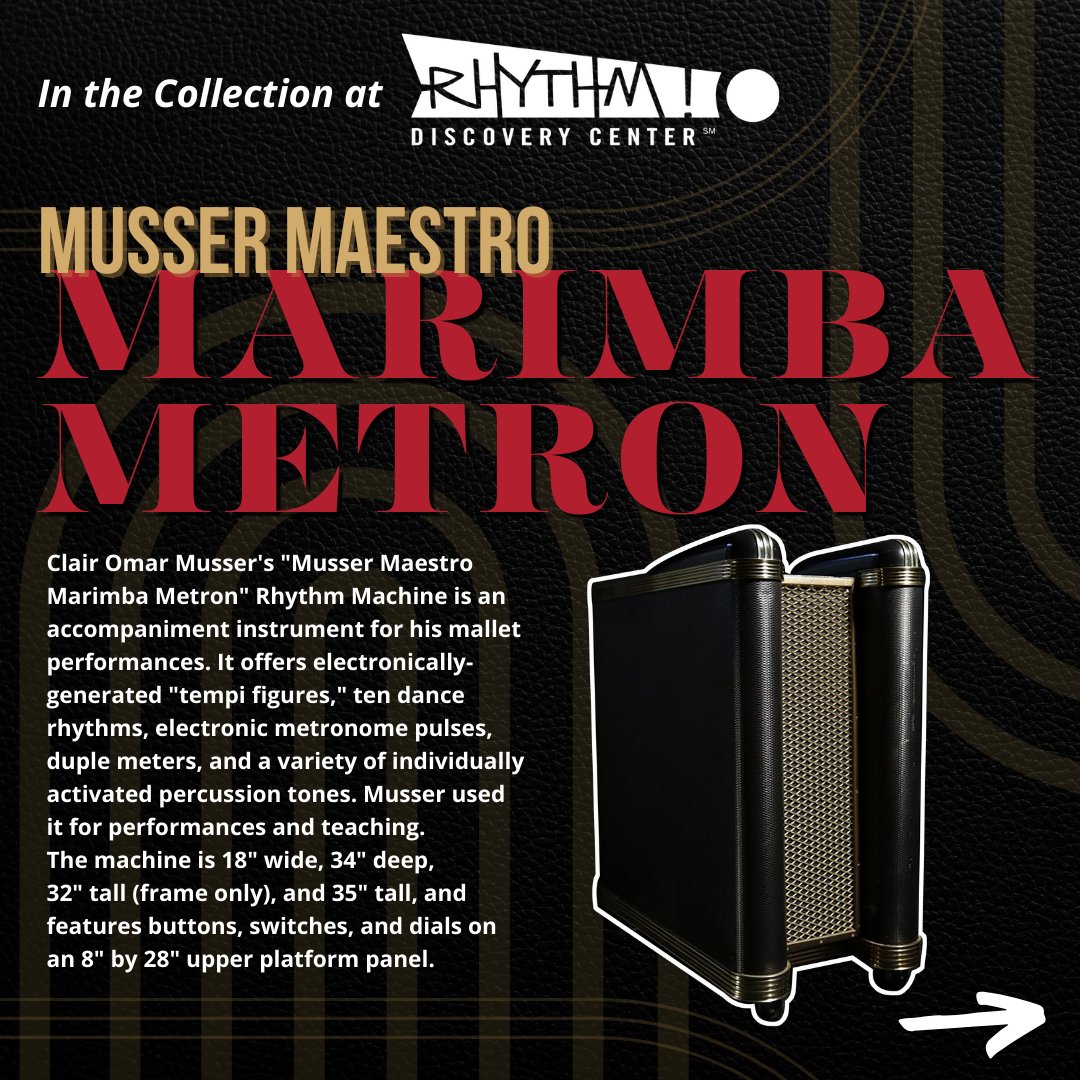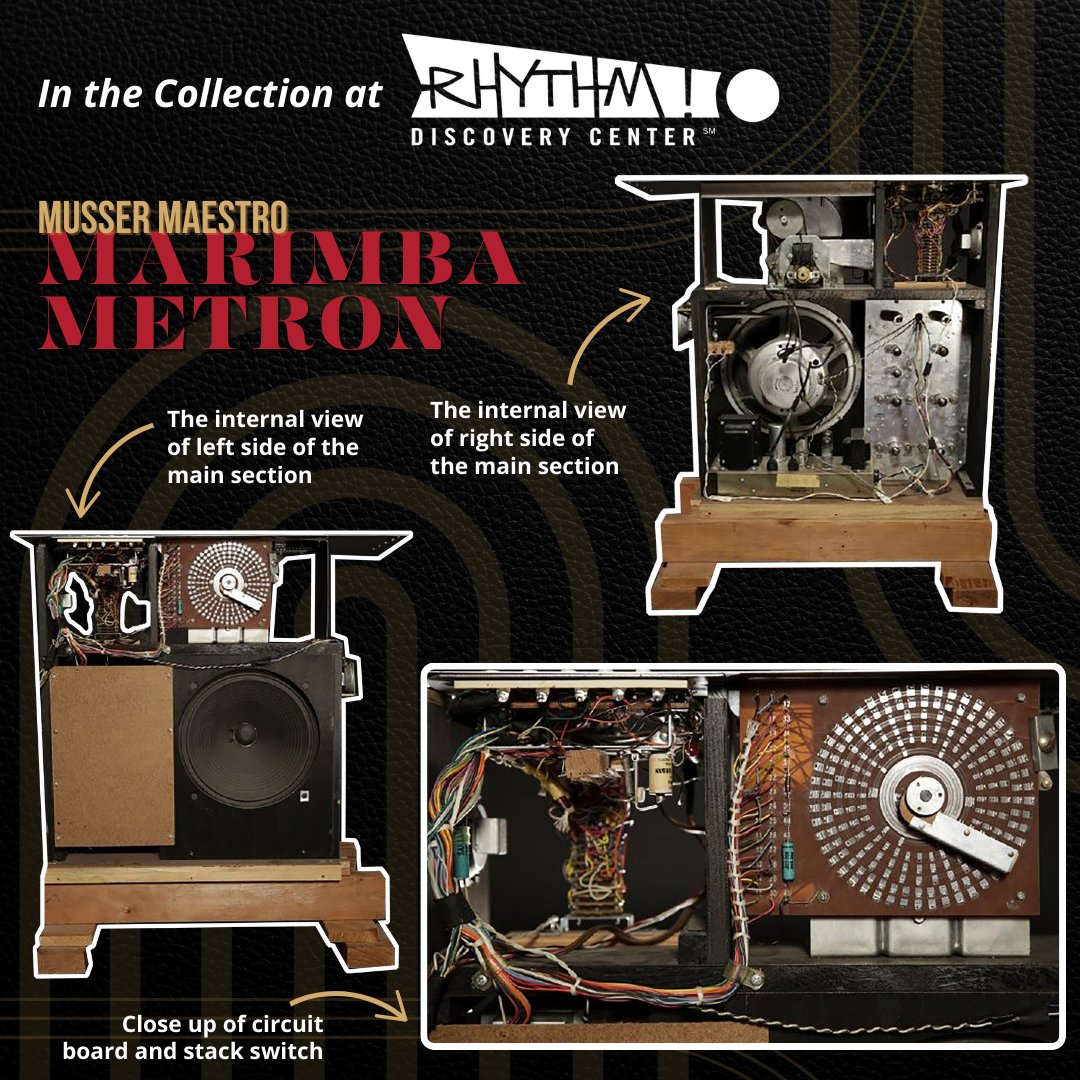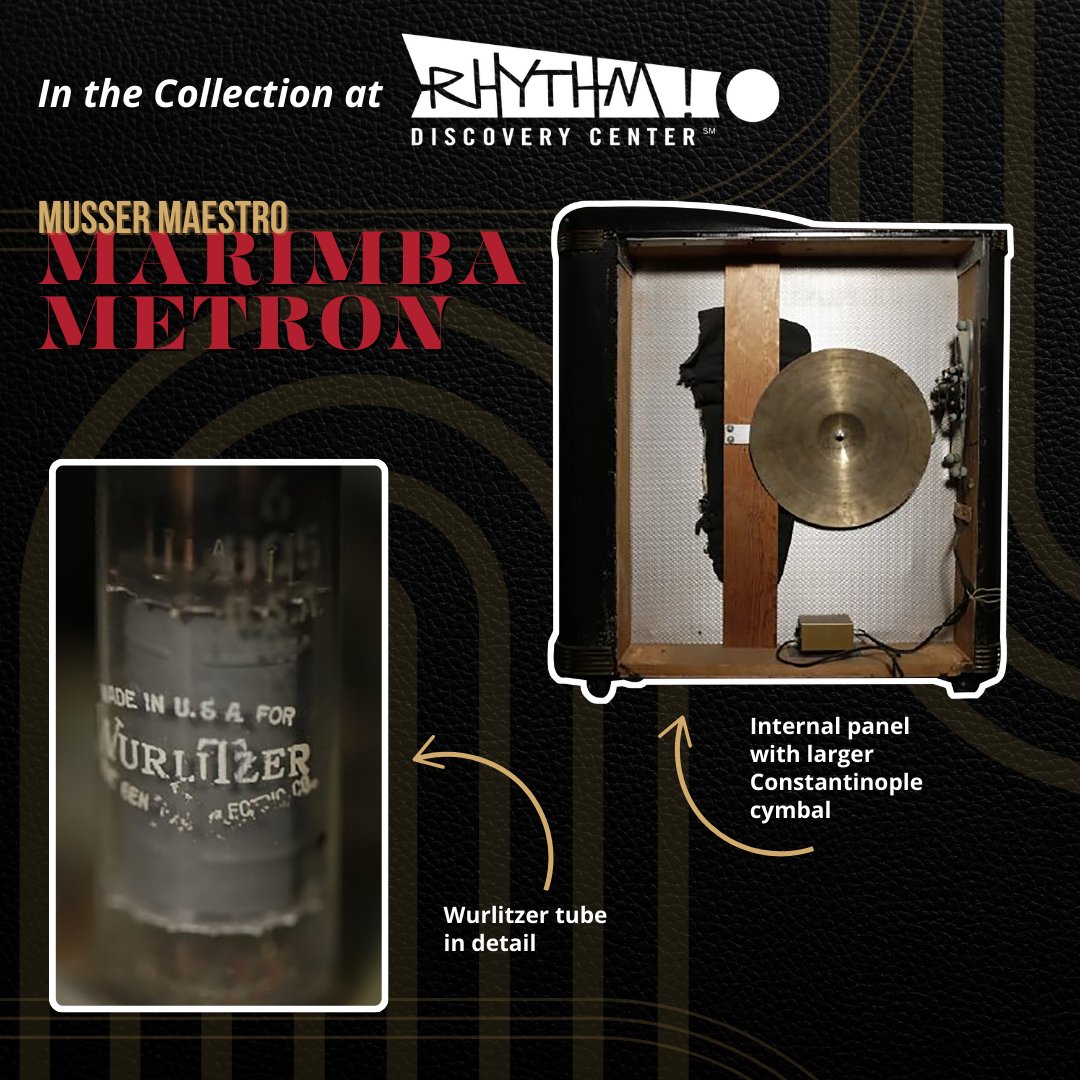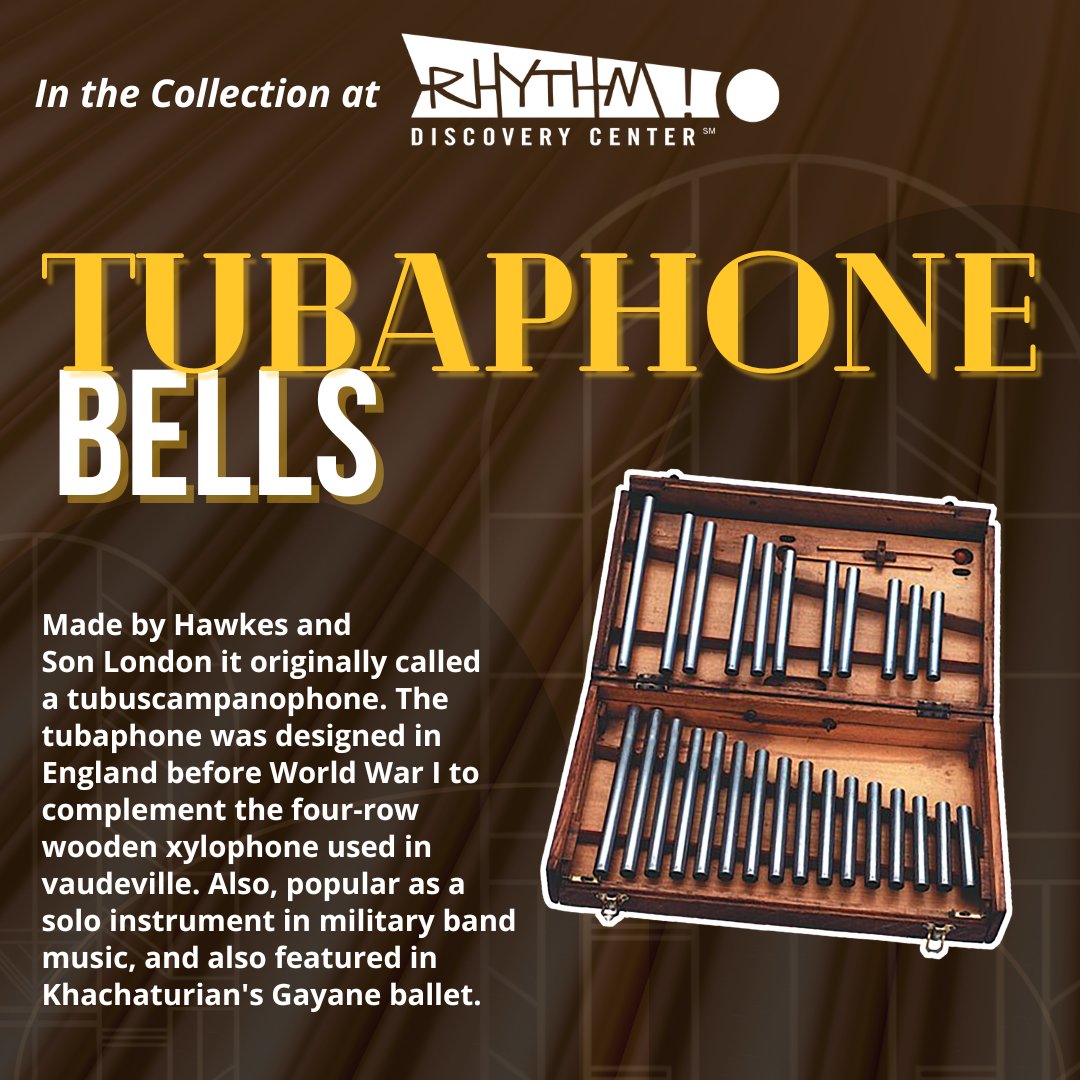
RhythmDiscovery
@RhythmDiscovery
Followers
1K
Following
984
Media
1K
Statuses
3K
The World's Foremost Interactive Drum & Percussion Museum. A Creative Vision of the @PercussiveArts *TEMPORARILY CLOSED*
Indianapolis, IN
Joined April 2009
Rhythm! Discovery Center is relocating! We’ve grown, so has our percussion collection, and flooding damaged our space. We won’t be open at 110 W. Washington, but we’re finding a new space to serve our visitors. Visit for updates. #rhythmdiscoverycenter
0
2
3
Join us today at SPARK on the Circle in downtown Indianapolis for an open drum circle from 12-1! We'll be doing this every other Friday this summer with @sparkplaces. Try your hand and learn a few rhythms. Brought to you by Indy's own Percussive Arts Society. @percussivearts
0
0
3
#indianapolis musicians and Indiana music lovers: DYK the best drum show in the world happens here every November? Register for #PASIC2024 today before badges increase at
TODAY is the last day to get the best badge price for #PASIC2024.
0
1
0
Join us today at SPARK on Monument Circle for a drum circle from noon-1 pm! We do these every other Friday this summer - open to all ages and complete beginners! @sparkplaces #drumming
0
0
0
RT @PercussiveArts: We can’t wait to welcome @stevesmithdrums to #Indianapolis next week. Get your tickets for the @TheJazzKitchen concerts….
0
4
0

